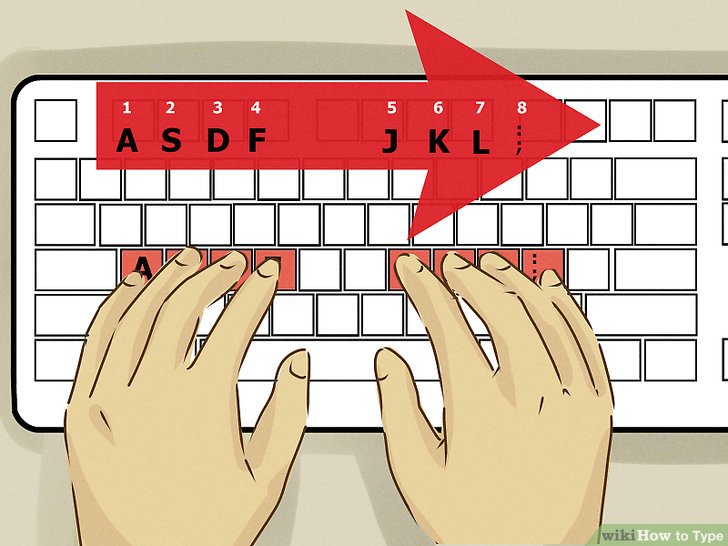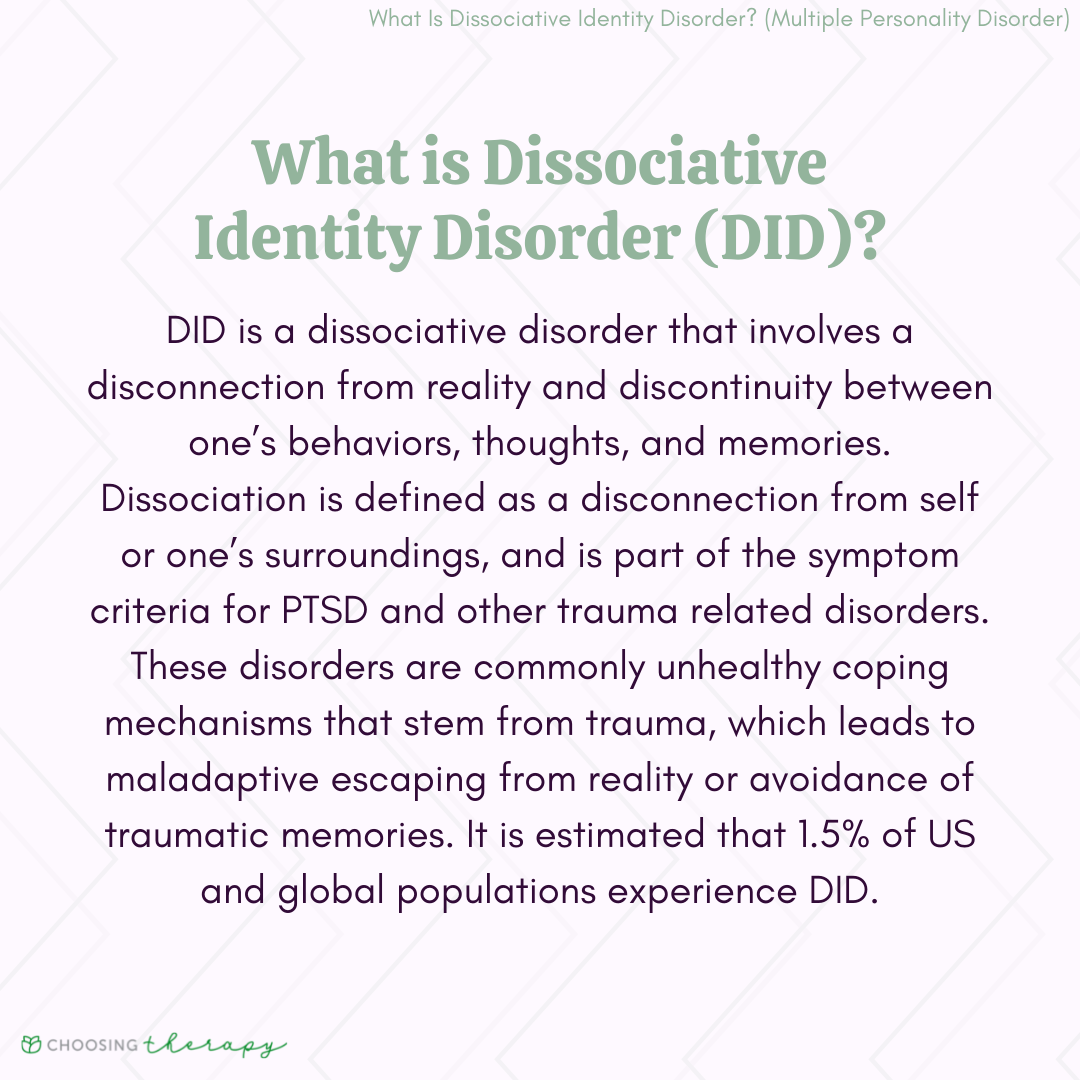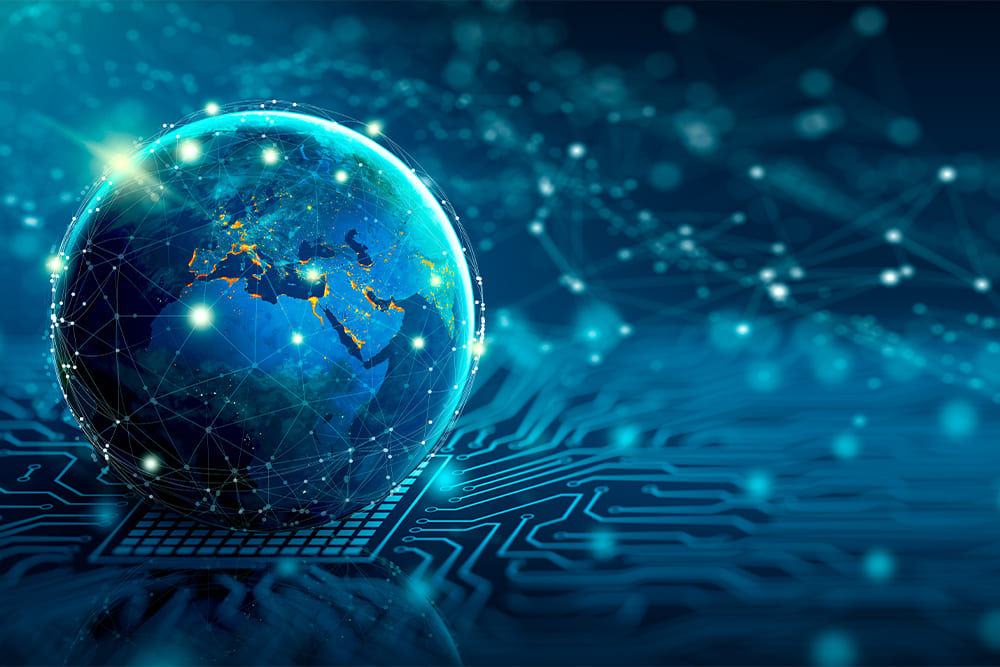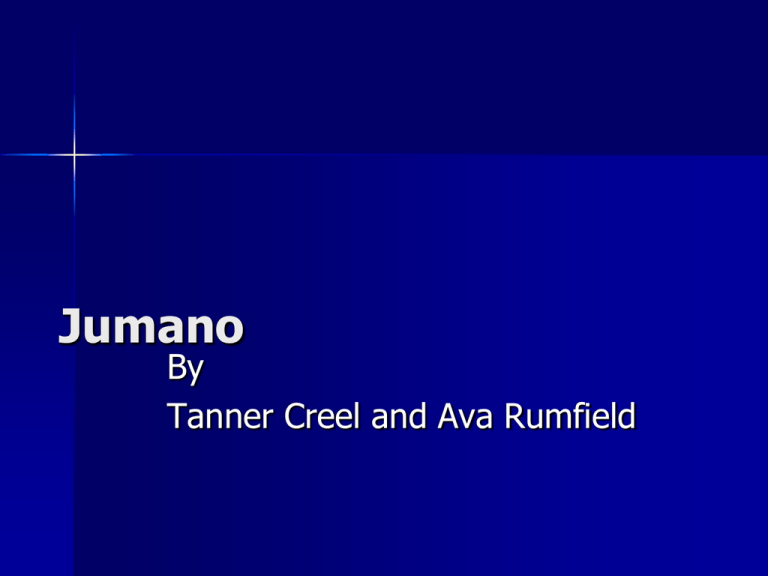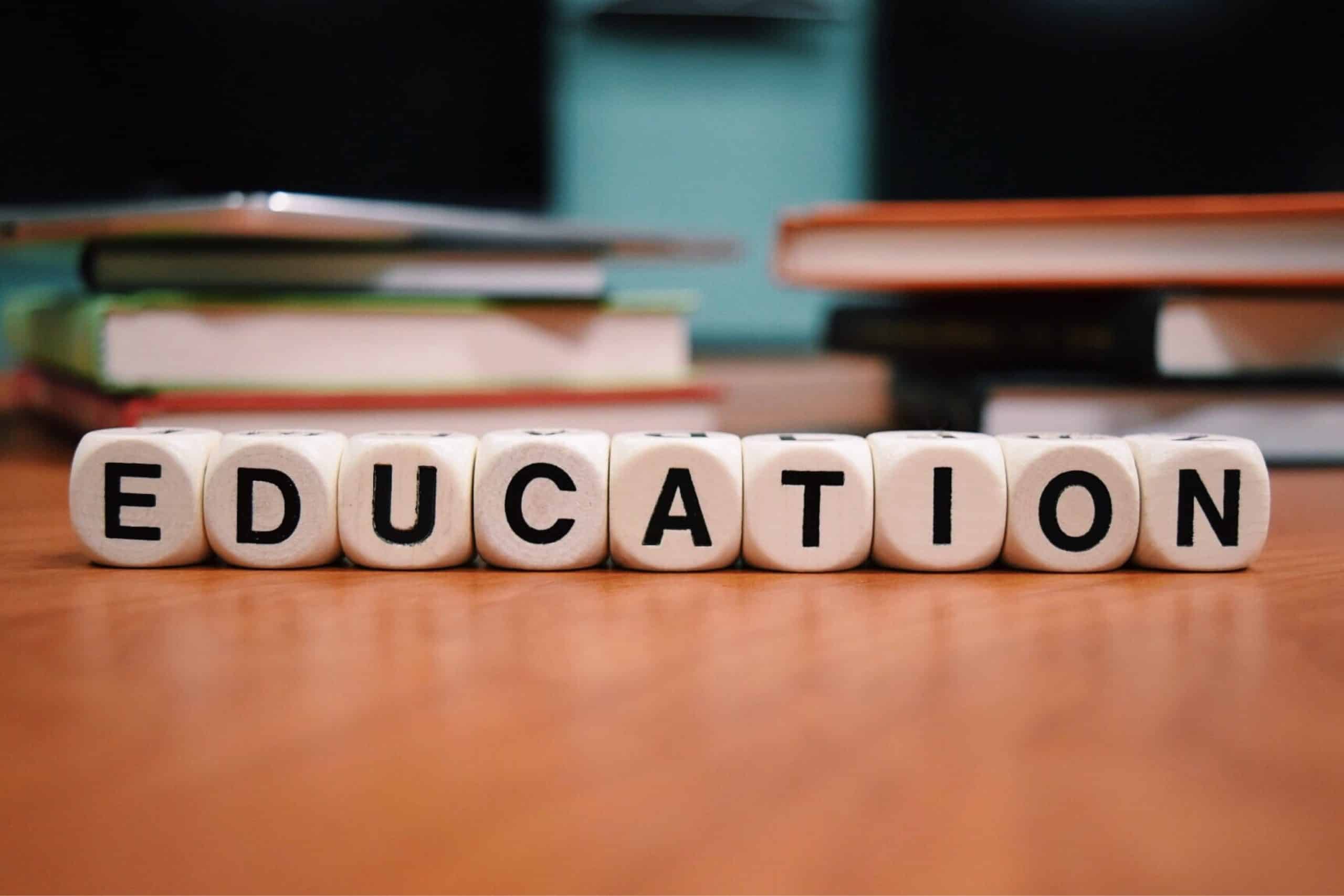Clearing Your R Environment: Complete Guide to Managing Memory and Workspace
Understand the r environment
R’s environment system stores all objects, functions, and variables create during your session. As you work on complex data analysis projects, this environment can become cluttered with numerous objects, potentially cause confusion, memory issues, and errors in your workflow. Learn to efficaciously clear and manage your r environment is a fundamental skill for efficient r programming.
Why clear your r environment matters
Maintain a clean r environment offer several important benefits:

Source: statology.org
- Prevents variable name conflicts and unexpected behavior
- Reduce memory usage, improve performance
- Create reproducible analysis workflows
- Make debugging easier by eliminate potential sources of errors
- Help maintain a clear mental model of your current work data
Basic methods to clear your r environment
Use the rm () function
The virtually common method to remove objects from your environment is use the
Rm ()
- remove a specific object rm(my_variable) - remove multiple objects rm(variable1, variable2, variable3 )- remove all objects from the environment rm(list = ls ( (
The
Ls ()
Rm(list = ls ()
User studio’s interface
If your ususer studioyou can clear your environment through the graphical interface:
- Look for the broom icon in the environment pane
- Click it to clear all objects
- Instead, use the dropdown menu following to the broom icon for more options
The restart r session approach
For a complete refresh:
- In studio, go to session → restart r ((r use the keyboard shortcut ctCtrlhift+f10 ))
- This all restart the r session, clear all objects, load packages, and settings
Advanced environment management techniques
Selectively remove objects
Sometimes you want to keep certain objects while remove others:
- remove all objects except those specify keep_objects < c("important_data ", "" del_results " " m(list = setdset diff( )(keep_objects ) -)emove object match a pattern rm(list = ls(pattern = " te" _ " )"
Remove objects by type
You can too remove objects base on their class or type:
- remove all data frames rm(list = ls()[supply(ls (), function(x )is.data.frame(get(x )) ) )remove all functions rm(list = ls()[sappsupply( ),(unction(x ) is)unction(get(x ) ] )))
Manage multiple environments
R allow you to work with multiple environments:
- create a new environment my_env < new.env ( (- add objects to this environment my_env$data < arcarsst object in a specific environment ls(my_env ) - re)ve all objects from a specific environment rm(list = ls(my_env ), envi)= mnever ))
Clearing packages and detaching libraries
Loaded packages besides occupy memory and can cause namespace conflicts. To unload packages:
- detach a single package detach("package: duly ", unload = true )- detach all packages except base packages pkg_list < tdset diffackages ( )(" p" age: base " ) " isible(lapplyapplyist, function(p ) deta)(p, character.only = t Only unload = true ))
Clear the console output
While not technically part of the environment, clear the console can help maintain a clean workspace:
- In studio: use cCtrll or click edit → clear console
-
In r console: use the
Cat("14" )
System('CLS')
System('clear')
Memory management in r
Check memory usage
Monitor how much memory your objects are use:
- check the size of an object.size(my_large_datafradata fram)e detailed memory information utils::memory.size ( ) uti(::memory.limit ( ) - li( object by size order_by_size < functi ( ) { obj_s(e <{ sapply(ls , supplyon(x( object.size(g)(x ) sort(obj_size,)ecrease = true ) } order_by_size) )(
Garbage collection
R have automatic garbage collection, but you can manually trigger it:
- force garbage collection GC () - check memory before and after mmeused_before < yrPryormmee ( ) ( ( GCm(_usmeafter < pryr emPryor me(
Environment management in r projects
Use.profile for automatic cleanup
You can set up automatic environment clearing when start r:
- add to your.profile file.first < unction ( )( if{nteractive ( ) {(at({nwelcomwelcome with a clean environment.n " ) rm(" t = ls(envir =.gneverenvglobal en)=.gneverenvglobal en)
Project specific environment management
When work with studio projects:
- Go to tools → project options → general
- Under” restore.rdatainto workspace at startup “, select “” ” ”
- Set” save workspace to.rdataon exit “” ” ” ” ”
This prevents mechanically load previous session data and save current session data, encourage a clean environment approach.
Best practices for environment management
Script based workflow
Adopt a script base workflow where:

Source: qlerosk.weebly.com
-
Each script begin with clear the environment:
Rm(list = ls ()
- All necessary data is load explicitly in the script
- Scripts are organized in a logical order of execution
Use source with new environment
When run scripts, consider use a new environment:
- run a script in a new environment source("analysis. R ", local = new.env ()This keeps the script’s variables isolate from your global environment.
Regular cleanup routine
Develop a habit of regular environment cleanup:
- Clear unnecessary objects after complete a major analysis step
- Restart r session between distinct analysis tasks
- Use descriptive variable names to easily identify what can bremovedve
Troubleshoot common issues
Hidden objects not clear
Some objects with special names might not appear in
Ls ()
- list all objects include hide ones ls(all.names = true) - remove all objects include hide ones rm(list = ls(all.names = true )
Memory not being release
If memory doesn’t seem to be release after clearing objects:
- Make sure you don’t have references to large objects inactive active
-
Force garbage collection with
GC ()
- As a last resort, restart your r session
Environment management in production
Schedule cleanup in long run scripts
For scripts that run for extended periods:
- sporadically clean up temporary objects cleanup_temp < function ( ({ r{list = ls(pattern = " ^" p^ temp envineverlobglobal en)nvineverlobglobal en) (GC (}
Environment snapshots
Save and restore specific states of your environment:
- save current environment state save.image(file =" checkpoint. rRdata" - clear environment rm(list = ls ( (- tardy, restore the save state load("checkpoint. rdaRdata"
Conclusion
Effective environment management is a crucial skill for r programmers. By regularly will clear your environment and will follow best practices, you will create more reliable, efficient, and maintainable code. Whether you’re will work on small data exploration tasks or complex analytical projects, these techniques will help you’ll maintain control over your r workspace and will improve your overall programming experience.
Remember that the best approach to environment management depend on your specific workflow and project requirements. Experiment with different methods to find what work good for you, and incorporate environment clearing as a regular part of your r programming routine.
MORE FROM oncecoupon.com
